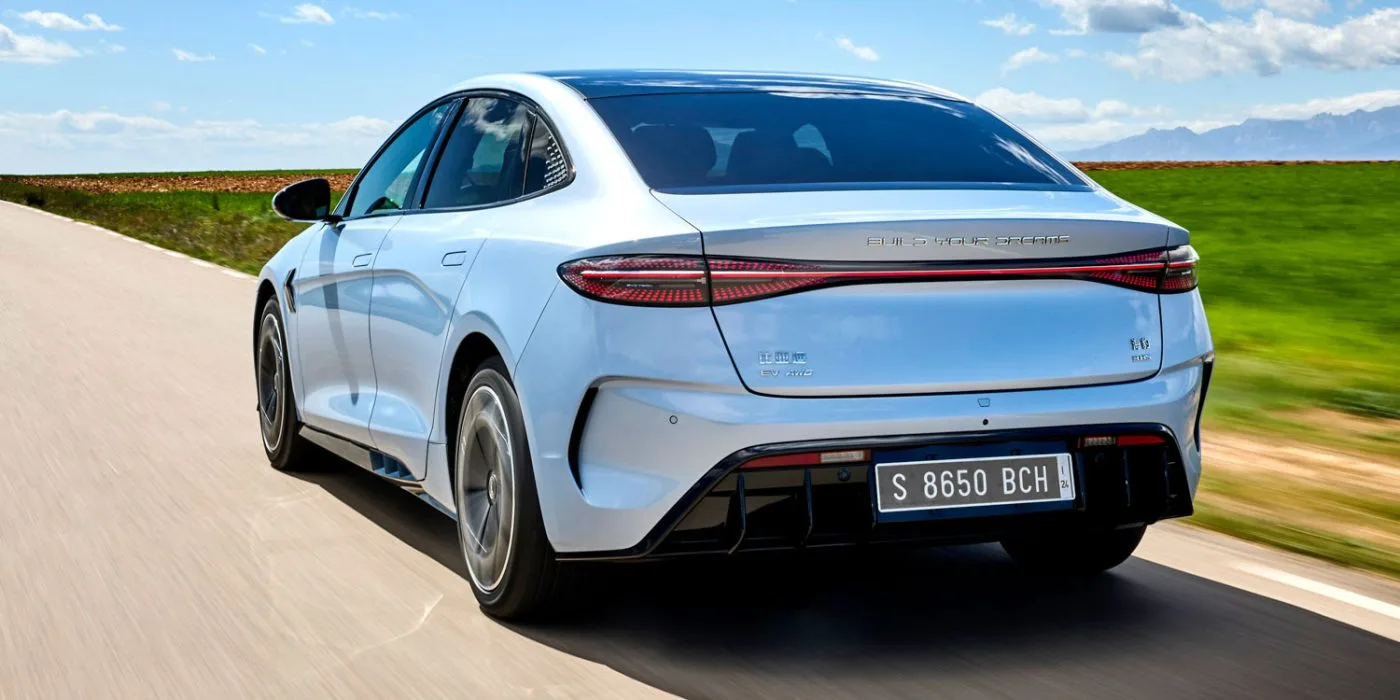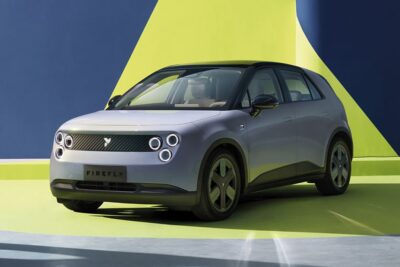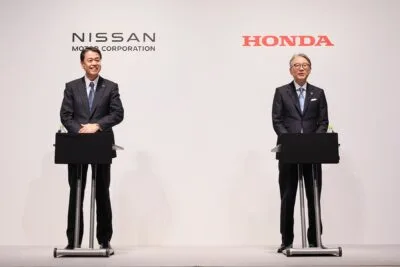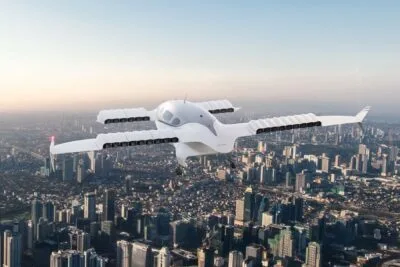BYD confirms European launch of the Dolphin & Seal
BYD is gearing up to release two more electric models to Europe with the Dolphin and Seal. The Dolphin will be available from June/July and the Seal from August/September. Technical details are now available for both models.
Shortly after the European premiere of the BEV trio Atto 3, Tang and Han, BYD itself confirmed last year that it was considering selling the Seal mid-size sedan and the Dolphin compact electric car in Europe. The Chinese manufacturer has now announced that a decision has been made: Both vehicles are to be offered in Europe before the end of this year.
Both models are based on the e-platform 3.0 developed by BYD, which uses the company’s own Blade batteries with LFP cell chemistry in an 800-volt configuration. However, there are differences, which BYD itself now confirms: The Dolphin uses cell-to-pack technology, in which the cells (as is usual for the blade battery) are integrated directly into the battery housing. The Seal already uses a further development called cell-to-body technology. Here, the lid of the battery housing simultaneously takes over the function as the floor of the body, while the body of the Dolphin still has its own floor panel. The impact of CTB technology on the battery and its recyclability was discussed in the latest edition of our online conference “electrive.net LIVE”.
BYD itself states in the announcement that the advantage of the CTB technology is that “the vehicle body is lower for better aerodynamics, while the body rigidity is increased for more safety, with a design that offers more interior space due to the reduced battery pack volume”. As a result, the Seal will be offered as a “sporty D-segment sedan” with an 82 kWh battery. With the 230 kW rear-wheel drive, this results in a WLTP range of 570 kilometres; with the 390 kW all-wheel drive model, another 520 kilometres should be possible.












The maximum charging power is supposed to be 150 kW, and a charging process from 30 to 80 per cent is supposed to take 26 minutes. This means that the average charging power in this window would be 95 kW. BYD does not specify the charging process from ten to 80 per cent, which is common in Europe. On the AC side, an 11 kW onboard charger is installed, so a complete charging process should take eight hours. The Seal’s onboard charger also supports vehicle-to-load and, according to BYD, can supply electrical devices with up to 3 kW – other V2X functions such as vehicle-to-grid or vehicle-to-home are not mentioned.
On the other hand, there are some details about the body: the cW value stands at 0.219. Thanks to CTB technology, the vehicle is supposed to be ten millimetres lower, yet the car is supposed to offer space for five people. The rear luggage compartment can hold up to 402 litres, and a 53-litre frunk is placed under the front bonnet.







The already available C-segment SUV Atto 3 will be joined in future by the hatchback model Dolphin. With its 60 kWH LFP battery, it will have a range of up to 427 kilometres. As with the Atto 3, however, the charging capacity is manageable: from 30 to 80 per cent, a charging process is said to take 29 minutes; BYD does not specify the usual range of ten to 80 per cent. The front-wheel drive has an output of 150 kW – as in the Atto 3. Here, too, there is a vehicle-to-load function and AC charging with 11 kW.
Not only in terms of range and drive power, but also in terms of dimensions, the Dolphin is similar to a VW ID.3. The BYD is 4.29 metres long, 1.77 metres wide and 1.57 metres high – with a wheelbase of 2.77 metres. The 345-litre luggage compartment can be expanded to up to 1,310 litres when the backrests of the rear seats are folded down.
Dasselbe Problem wie schon beim Atto3: der Preis: Der #Dolphin von @BYDCompany ist deutlich teurer als erwartet. Morgen erste Testfahrt, auch mit dem #Seal , der gegen das Tesla M3 antritt (aber wohl auch nicht beim Preis). @autobild pic.twitter.com/pV8jar8EGv
— Hank (@haukeschrieber) April 11, 2023
BYD has not yet revealed prices in its announcements. At an event, a price range of 30,000 to 38,000 euros was mentioned for the Dolphin. Given the known prices of the Atto 3, the Dolphin with a 60-kWh battery is more likely to start at 38,000 euros; only the model with a 44-kWh battery, which is already available in China, is likely to approach the 30,000 euro mark later.
“I am delighted to announce the arrival of two more ground-breaking vehicles for our European customers,” said Michael Shu, General Manager and Managing Director of BYD Europe and International Cooperation Division. “Following the launch of the BYD brand in Europe with the BYD TANG E-SUV, the BYD HAN E-Sedan, and the BYD ATTO3 C-SUV, the response from customers and dealers has been incredible. We are now stepping up a gear by presenting a further two innovative new vehicles that feature cutting-edge electric vehicle technology.”
bydauto.be, bydauto.be (Seal), bydauto.de (Dolphin)





0 Comments